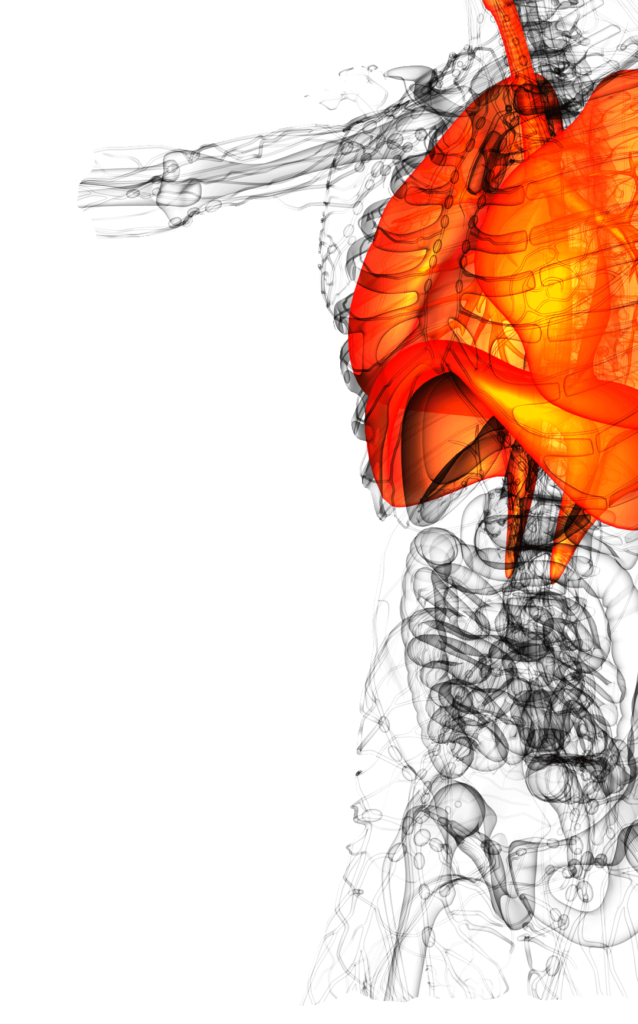The Duchenne Smile – Whenever you communicate, your body language and voice are being interpreted in ways that can make, break or change your message. So, it only makes sense that those who can communicate more effectively and evoke trust within their listeners are better suited to career success! Today I want to share with you one of THE MOST effective tools you could learn and use in your arsenal as a speaker. It’s called the Duchenne Smile.
“A smile! Is that all?! Oh, Louise you must’ve gone mad!”
Don’t knock it ‘till you know the facts! You see, about the same time as Darwin was advancing the sciences, a French neurologist by the name of Guillaume Duchenne discovered through much rigor, a signal of pure enjoyment, a smile which bears his name forever more. So, what’s the big deal?
Sharing a hearty smile can, in a split-second, connect you to your audience. Doing so without seeming fake isn’t so easy however! You might think that a true smile is defined by the positioning and flexion of the muscles around the mouth, or the zygomaticus major. After all, this is where Duchenne had focused primarily. However, to his surprise, it is actually when your orbicularis oculi muscles lift up your cheeks to create that iconic crinkle beside your eye that is the signal for a genuine, heart-warming smile. I’ll bet you didn’t expect that!
If you can pull off a genuine, well-executed Duchenne smile which features those crow-feet crinkles in the corner of your eyes, it’s highly contagious. It bridges the gap and inspires endorphins within you and your viewers, strengthening empathy and lowering critical thinking. The result is a more enjoyable experience with feelings of trust, collaboration, joy and respect for you and your message. It’s also been studied that those put under strenuous circumstances thrive and recover quicker when smiling, and at their quickest when Duchenne smiling. It doesn’t get much better than that! So, how do you do it?
Before you take to the mirror to pull some crazy faces, consider these two techniques which can help you build your capacity to Duchenne smile on command. The first is to produce a “weh” sound. It’s the “wuh” consonant combined with an “eh” and it will help you activate the correct muscles, from the crinkle in your eyes to the sideways contraction of your mouth. The second way is to consider when you’ll next experience it naturally in your life and be ready to notice it in the moment. Because if the muscles activate and you’re paying attention, you can immediately and thereafter reactivate them and practise until you’ve got it down pat. For some people the best time might be when they see their kids after work or laugh with a friend. It’s entirely up to you and your life so have a think and when you next enter that circumstance be ready to catch and practise your Duchenne smile!
Well, that’s a wrap! If you do as I’ve said and put in the effort, you’ll be Duchenne smiling your way to better outcomes in no time! I can’t wait to hear your stories of how you’ve noticed the Duchenne bringing you greater success in your career, life and connections with others!




